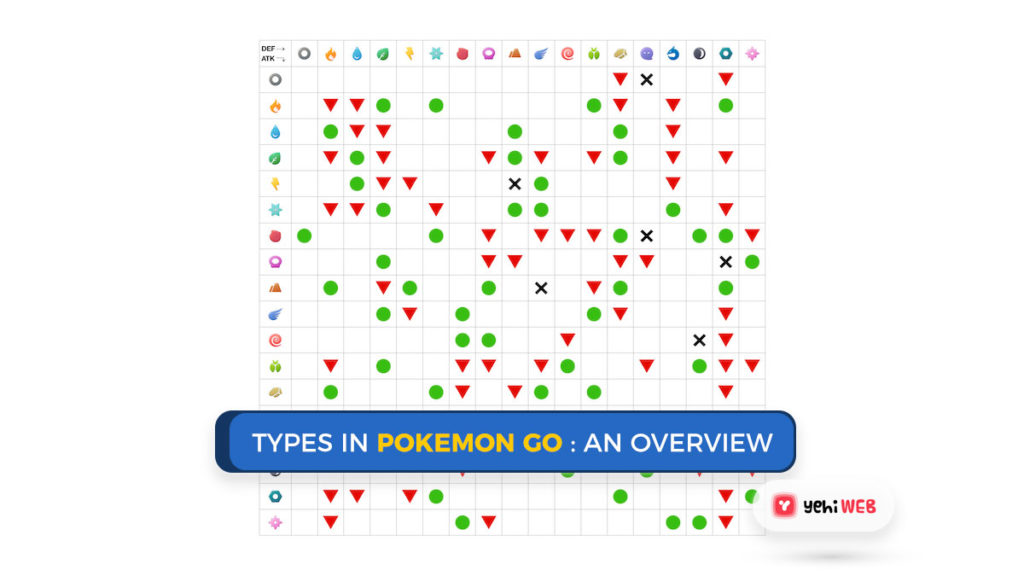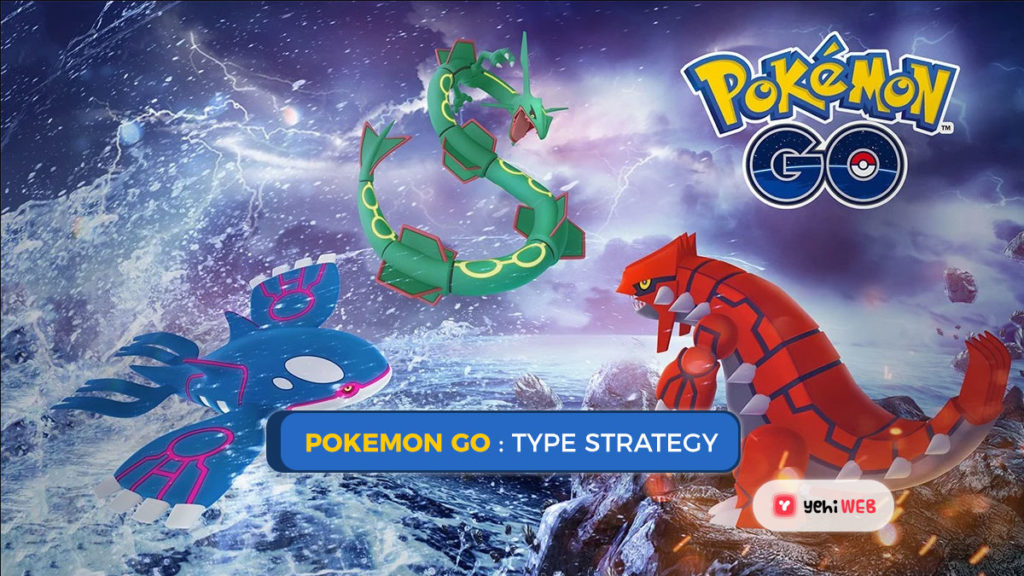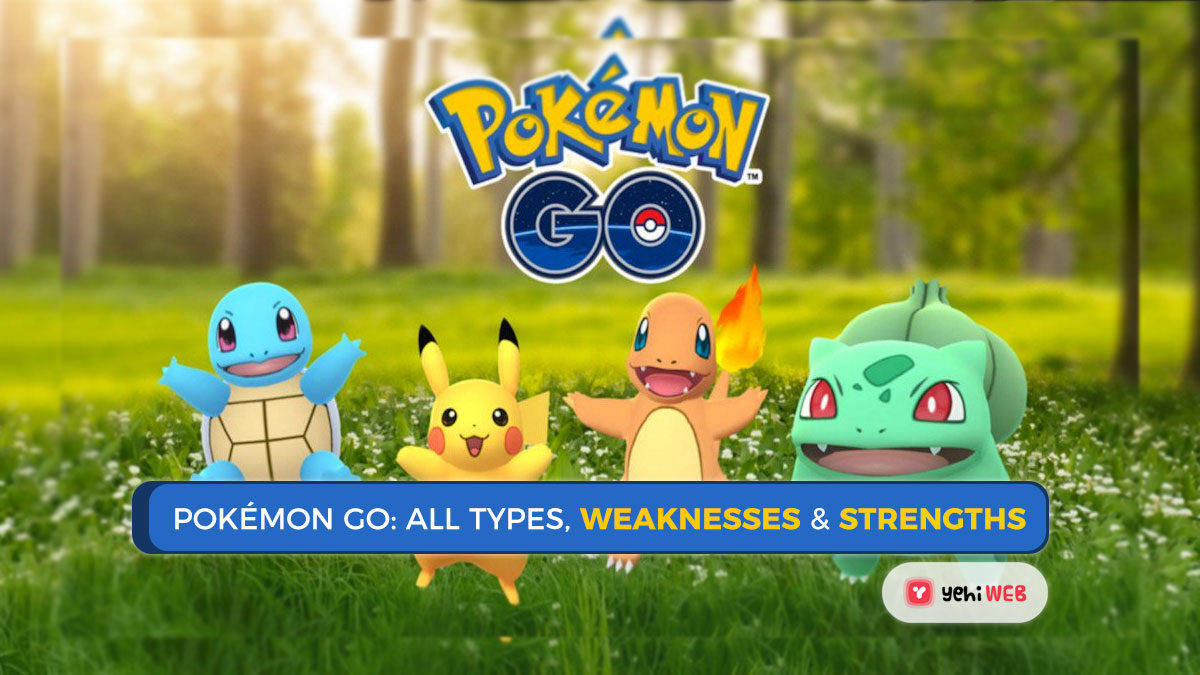Pokémon has 18 different types, each with its own set of strengths and weaknesses. Here’s how to make use of them in Pokémon GO.
Types have always been important in the Pokémon franchise, and they are just as crucial in Pokémon GO. Pokémon uses a rock-paper-scissors combat system, with various styles being more effective when assaulting others and more resistant when defending against others. Water Gun is a Water move that is effective against Fire-type Pokémon but not Grass-type Pokémon. Efficient moves, of course, deal more damage than standard moves and are needed to win almost every game in the series.
Even if you have been playing Pokémon GO for a while, you may not be thoroughly familiar with type matchups, and it can be challenging to keep track of every single interaction. Understanding how types function is crucial, so here’s how to make the best of type advantages in Pokémon GO.
Types in Pokémon GO: An Overview

The types and their weaknesses in Pokémon Go are comparable to those in the main series. Anyone who has played Sword and Shield or any of the other recent games should be familiar with these types of matchups, as well as the various strengths and disadvantages of each type.
For those returning to Pokémon Go after a long time to try out the latest update, or for those new to the series, the Type matchups mentioned above are all of the game’s Type matchups. Normal, Fire, Water, Grass, Electric, Ice, Fighting, Poison, Ground, Flying, Psychic, Bug, Rock, Ghost, Dragon, Dark, Steel, and Fairy are the classes from top to bottom and left to right. These affect their weaknesses, so pay particular attention to both.
Their environments determine the options available to players for forming their teams. Pokémon appear in particular routes in the main games, but their type determines their location in Pokémon Go; water-types near bodies of water, for example. It is necessary to have a wide variety of types to counter any enemy Pokémon players can encounter in gyms, so do not just catch one or two! Please note each Pokémon’s moves, since they are not all the same, even though they are the same Pokémon.
Pokémon Go Type Strategy

As the game reaches its fourth anniversary this year, there has been a slew of new game modes added to the mix. Gym Battles, the first inclusion, allowed players to abandon their Pokémon at their team’s gym to defend it. The Pokémon types with the fewest form vulnerabilities are the easiest to use as defenders. Since they only avoid Fighting-types, regular bulky types like Snorlax, Blissey, and Slaking are often seen defending gyms.
Try putting a Pokémon that covers their vulnerability in a gym if other trainers have already done so. If a Pokémon with Psychic, Flying, or Fairy moves is defending, cover the vulnerability with a Pokémon with Psychic, Flying, or Fairy moves in the gym. This forces players assaulting the gym to compensate by forming more varied teams rather than brute-forcing their way through with a single type.
Online bouts are another type of battle in which players can participate from the comfort of their own home. They choose three Pokémon and then face off against another player in a comparable difficulty tier. It is much more challenging to decide which Pokémon players can bring since, unlike gym battles, there is no way of knowing what the enemy may have. Choose Pokémon with different styles and moves that compliment each other when putting together your team.

